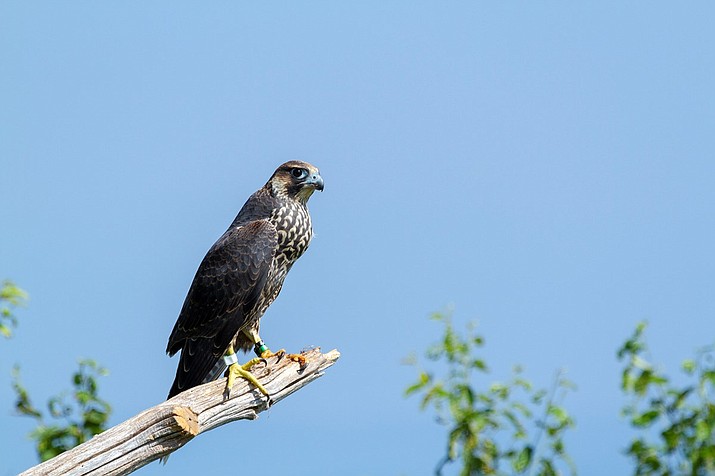Parks in Brief: Big Thicket National Preserve, Yellowstone National Park, Acadia National Park
Big Thicket National Preserve launches hog trapping program
KOUNTZE, Texas — Starting on May 1, preserve staff will issue free hog trapping permits.
“Hog management is an on-going challenge throughout Southeast Texas. We hope that this new trapping program, paired with our existing public hunting opportunities and professional hog trapping efforts, will help diminish the impact this invasive species is having on our environment.” stated Preserve Superintendent Prokopetz
Feral hogs are an invasive species descended from domesticated pigs brought to North America by European settlers. Their populations have increased in recent decades resulting in greater competition with native wildlife and increased habitat damage caused by the uprooting of large areas of vegetation. The trapping programs are part of a larger effort to control feral hog populations and provide greater public hunting and trapping opportunities.
Peregrine falcons return to nest in Acadia National Park
BAR HARBOR, Maine — Peregrine falcons are again defending nesting territories at the Precipice, Jordan, and Valley Cove cliffs in Acadia National Park.
Park staff has observed adults at these sites engaging in courtship and pre-nesting behavior signaling the birds’ intentions to nest and raise chicks during the spring and early summer. The NPS has closed the cliffs and associated trails to protect the peregrine falcons from inadvertent disturbance or harassment during the nesting period.
Research has shown that nesting peregrine falcons are particularly vulnerable to human activities, which can disturb the adults and make them less attentive to the eggs or chicks. Human activities near a nesting area can lead to temporary or permanent abandonment of the nest by the adults leaving chicks susceptible to hypothermia, starvation, and predation. Human disturbance that leads to chick mortality slows the recovery of this once endangered species.
Fewer elk in Yellowstone National Park’s northern herd this year
MAMMOTH HOT SPRINGS, Wyo. — Elk numbers in Yellowstone National Park’s northern herd are fewer compared to last year, however the population remains above the 10-year average and other recent counts.
Low calf survival will likely impact the population over the next two years, according to a population survey conducted last month.
Staff counted 5,800 elk, including 1,361 elk (23.5 percent) inside Yellowstone National Park and 4,149 elk (71.5 percent) north of the park. The total count of 5,800 elk was 23 percent lower than the 7,579 elk observed during the 2018 trend count, and 23 percent lower than the 7,510 total elk counted during the 2016 classification survey, but higher than the 10-year average count of 5,399 elk. The long-term average of observed elk numbers since surveys began in 1976 is 10,634 elk, with a peak high count of 19,045 elk in 1994 and a low count of 3,915 elk observed in 2013.
Information provided by NPS
- Driver identified in fatal accident on Perkinsville Road Sept. 19
- Latest Tik Tok challenges causing problems for Williams Unified School District
- Search at Grand Canyon turns up remains of person missing since 2015
- Plane wreckage and human remains found in Grand Canyon National Park
- Pumpkin Patch Train departs Williams starting Oct. 5
- Update: Man missing in Grand Canyon National Park hike found alive
- Receding water levels at Lake Powell reveal missing car and driver
- Man sentenced for attack on camper at Perkinsville
- Column: Lumber prices expected to stay high through 2022
- Elk rut season in Grand Canyon: What you need to know
SUBMIT FEEDBACK
Click Below to:






